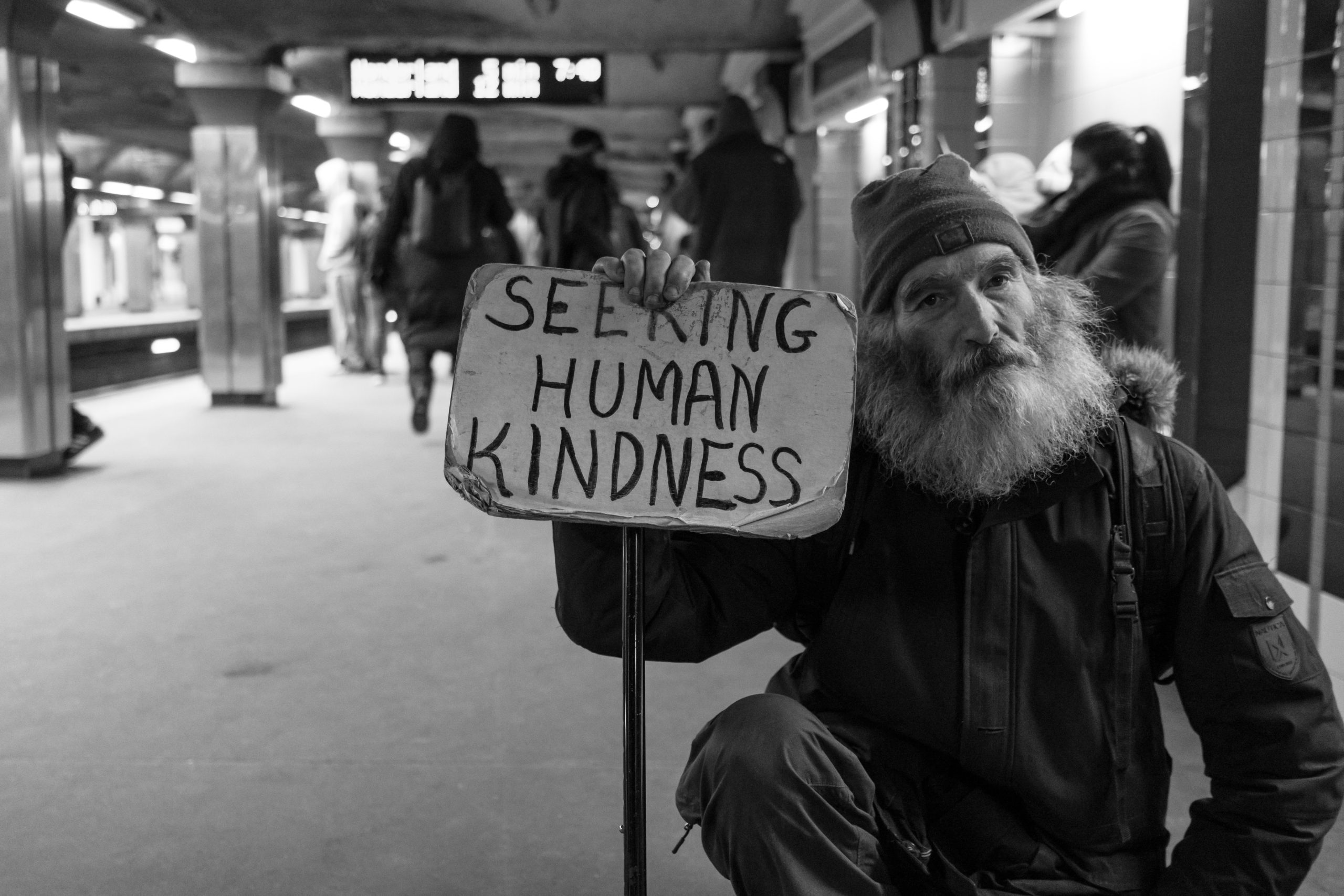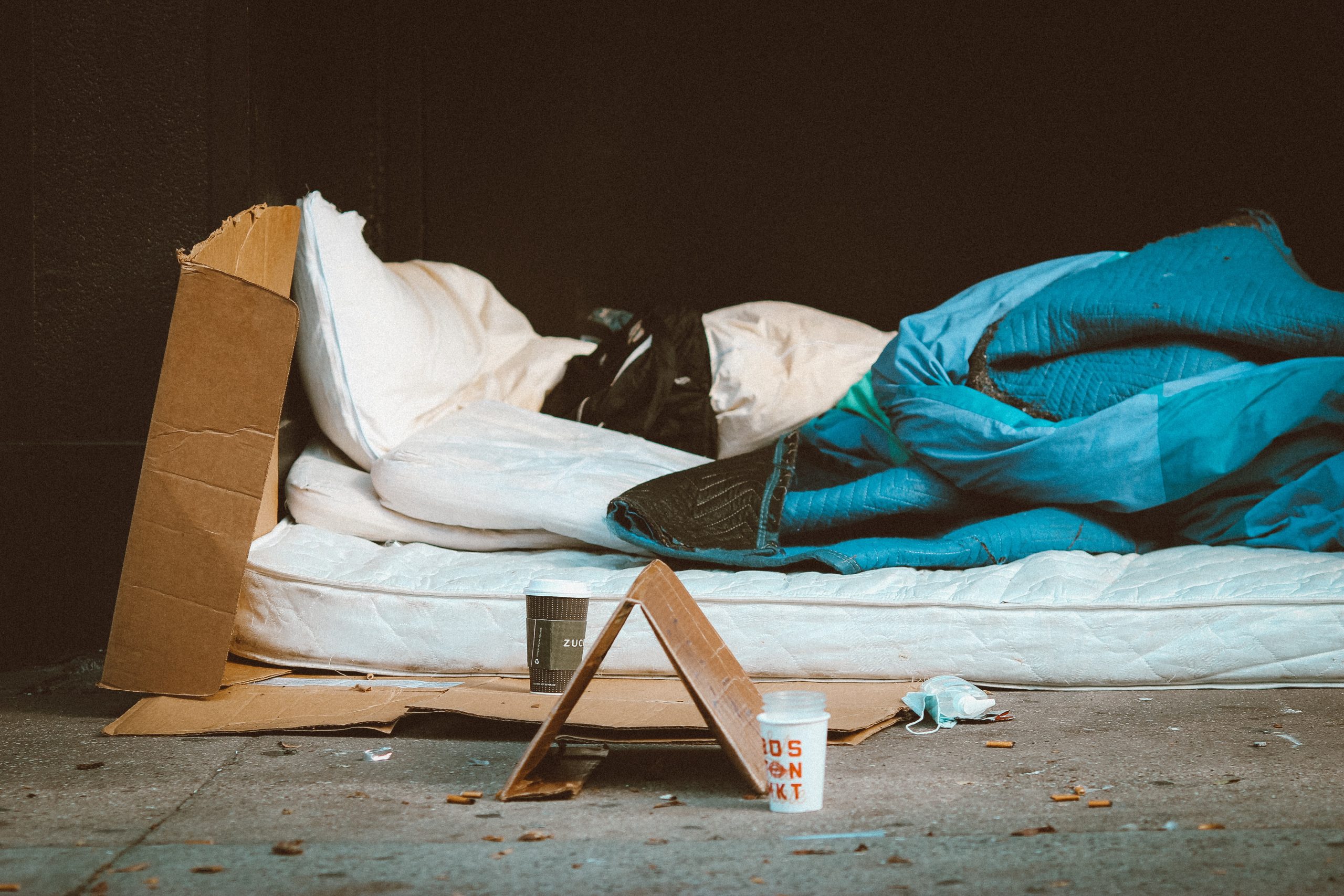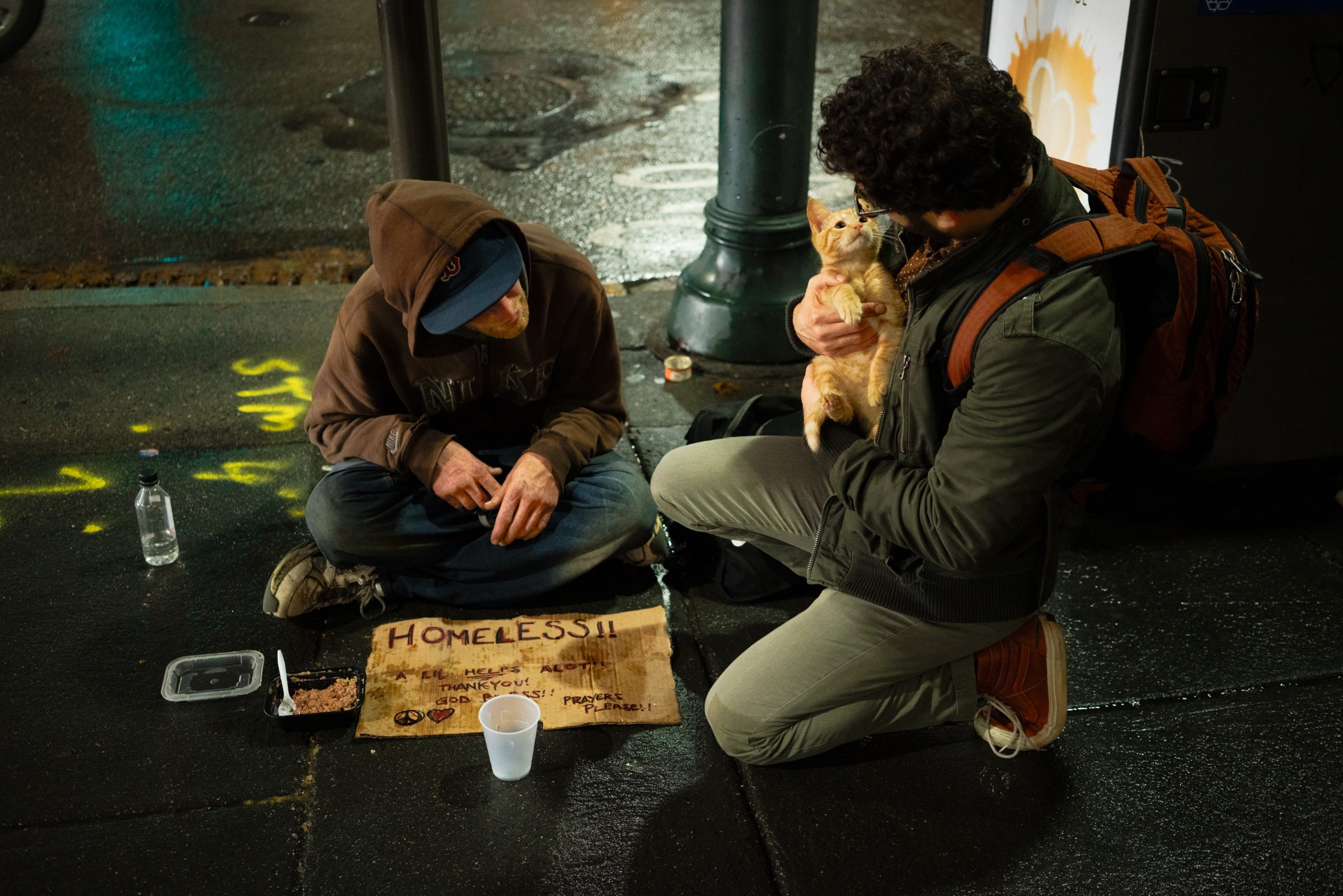Housing First: How to Tackle Homelessness

Homelessness is a big challenge in Europe. Germany has the highest number of homeless people, with approximately 650,000 people sleeping rough per night. That is 0.37 per cent of the population. The Housing First approach practised by the US could be a potential solution for several battling countries.
Billboard
Skyscrapper
Halfpage
Homelessness takes different shapes
Street homelessness is common in most countries of the world. It describes being forced to sleep on the streets. However, homeless people can also be found in temporary accommodation such as hostels or bed and breakfasts. Hidden homelessness in the form of sofa surfing is another form of being homeless. According to Shelter, the UK’s housing and homelessness charity, “no longer being able to stay with friends or family” is a primary cause of homelessness.
The charity estimates that 274,000 people in England are homeless, with 120,000 children living in temporary accommodation. Women tend to be more affected by homelessness. They often stay in temporary accommodation, where they make up 60% of inhabitants. In winter in particular, homelessness is an often-deathly experience with many people freezing to death. Therefore, emergency shelters are an important first step in providing support.
During the COVID-19 pandemic, the UK showed that homelessness can be tackled with a new approach. In order to protect those out on the streets or in communal night shelters, emergency accommodation in places like empty hotels was offered. This helped to get people off the streets and, in many cases, gave them a start for a new life. That is also the aspiration of the Housing First practise in America.

Housing first
Official statistics on homelessness are not always correct. Countries do not have a linear data collection and not every homeless person is easily identifiable or sleeps rough. In order to tackle this issue and support the homeless, a look towards the United States can provide inspiration. There, around 0.17% of the population is estimated to be homeless – less than in some European countries such as Germany.
The Coalition for the Homeless is the country’s oldest advocacy and direct service organisation helping homeless individuals and their families. The organisation believes that affordable housing, sufficient food, and the chance to work for a living wage are fundamental rights. Since 1981, it has worked through litigation, public education, and direct services to realise these goals. The work of the Coalition for the Homeless is focused on New York City to end mass homelessness there.
The Coalition’s humane and cost-effective strategies to fight this crisis show that it is possible to prevent homelessness and rehouse the homeless. Their Housing First approach is similar to the one the UK government took during the pandemic.
Moving straight into an apartment
In Houston, the Coalition for the Homeless has helped 25,000 people to move from the streets into homes of their own over the last decade. The overwhelming majority of beneficiaries have remained housed after two years, cutting the number of homeless people in the Houston region by 63% since 2011. This means that the fourth most populous city in the United States has done more than twice as well as the rest of the country at reducing homelessness.
Before the interventions, homeless veterans had to wait 720 days and navigate 76 bureaucratic steps to get from the streets into permanent housing. Today, thanks to a streamlined process, the wait for housing is 32 days. The city has managed this by teaming with agencies and local services, corporations, and nonprofits to work together. The Housing First practice has meant that the most vulnerable people got the option of moving straight into an apartment rather than into a shelter. There were no requirements such as being drug-free or finding a job first.
While addiction recovery and religious conversion programmes can succeed in getting people off the street, Houston’s Housing First approach has proven the most successful. The Obama administration’s Department of Housing and Urban Development was partly responsible by offering money and expertise to 10 cities where homelessness was a particular problem. Houston was one of them. Together with an expert, the city started to collect real-time data. Its first goal was to house 100 homeless veterans in 100 days, followed by 300 more in another 100 days.

Prioritising the most vulnerable with Housing First
The work of Shelter, The Coalition for the Homeless and other organisations shows that it is possible to escape homelessness. According to Shelter, these are the five most important steps out of homelessness:
- Protect homeless people with emergency accommodation and providing access to housing and support for everyone
- Prevent homelessness with financial assistance – Adequate housing is key to prevent evictions and resulting homelessness
- Build permanent new and social housing, then help people move into their new accommodation – This will also help prevent homelessness
- Support people with settling and staying in their homes to prevent repeat homelessness – This could look like support to pay bills, organise services, and find employment
- Involve people with live experience of homelessness to produce solutions – By listening to and learning from them, it will be possible to end the homelessness crisis
It is undisputed that a Housing First approach, such as in Houston, is successful in getting people off the street. The prioritisation of the most vulnerable can disadvantage families that are housing-insecure and others, and the initial cost is high. However, providing housing results in significant savings and, more importantly, gives dignity to formerly homeless people.
Read here why landscape architecture can also play a role in tackling homelessness.












